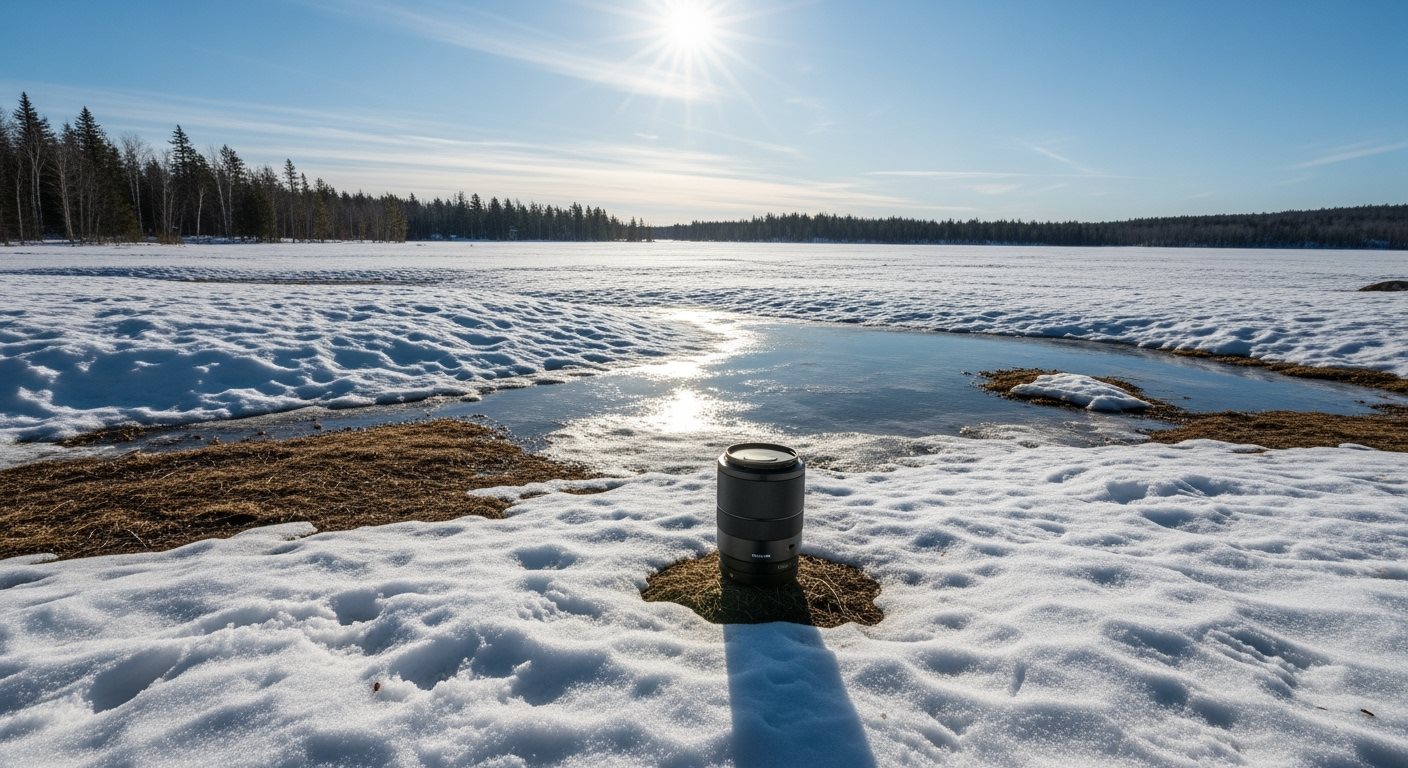Canada's **vast territory spans multiple climate zones**, from the temperate coastal regions of British Columbia to the arctic conditions of Nunavut, creating one of the world's most **diverse weather patterns**. Understanding these **regional variations and seasonal changes** is crucial for planning a successful trip to Canada.
The country experiences **four distinct seasons**, each offering unique opportunities and challenges for travelers. Whether you're chasing the **northern lights in winter**, enjoying summer festivals, or witnessing the spectacular **fall foliage**, knowing what to expect weather-wise will help you pack appropriately and plan activities that align with seasonal conditions.

Understanding Canada's Regional Climate Zones
Canada's climate varies dramatically from coast to coast, influenced by factors such as **latitude, proximity to large bodies of water**, and mountain ranges. The **Maritime provinces** experience a humid continental climate with mild summers and cold, snowy winters, moderated by the Atlantic Ocean.
**Central Canada**, including Ontario and Quebec, has hot, humid summers and cold winters with significant snowfall. The **Prairie provinces** are known for their continental climate with **temperature extremes**, experiencing very hot summers and bitterly cold winters with less precipitation than eastern regions.
**British Columbia's climate** is perhaps the most varied in Canada, ranging from **temperate rainforest conditions** along the coast to alpine and semi-arid climates in the interior. **Vancouver enjoys mild, wet winters** and warm, dry summers, while the **Rocky Mountain regions** experience alpine conditions with heavy snowfall and cool summers.
**Northern Canada**, including the territories, has an **arctic climate** with long, extremely cold winters and brief, cool summers. Understanding these regional differences helps travelers choose appropriate destinations based on their weather preferences and planned activities.
Seasonal Travel Planning: Making the Most of Each Season
**Summer (June to August)** is Canada's peak tourist season, offering the **warmest temperatures and longest daylight hours**, particularly beneficial for northern destinations where summer days can extend up to **20 hours**. This is the ideal time for hiking, camping, festivals, and outdoor activities.
However, summer also brings **higher accommodation prices** and larger crowds at popular attractions. Temperatures can range from comfortable **20-25°C (68-77°F)** in most regions to over 30°C (86°F) in central areas. **Summer thunderstorms** are common, especially in Ontario and Quebec, so pack rain gear even during the warmest months.
**Winter (December to February)** transforms Canada into a **winter wonderland**, perfect for skiing, snowboarding, ice fishing, and **northern lights viewing**. Temperatures vary significantly by region, from mild coastal conditions around **5°C (41°F) in Vancouver** to extreme cold below **-30°C (-22°F)** in central and northern areas.
**Spring (March to May) and fall (September to November)** offer **shoulder season advantages** including fewer crowds, lower prices, and unique seasonal attractions like **maple syrup production** in spring and spectacular fall foliage. These transitional seasons can be unpredictable, with rapid weather changes and varying conditions, so layered clothing and flexible itineraries are essential.
Weather Preparedness and Safety Considerations
**Canadian weather can change rapidly**, particularly in mountainous regions and during transitional seasons, making **preparation and flexibility** key to safe travel. Always check **current weather forecasts and warnings** before departing for outdoor activities, and inform others of your travel plans when venturing into remote areas.
**Environment and Climate Change Canada** provides detailed forecasts and weather warnings through their website and mobile app, which should be your **primary source for up-to-date information**. **Winter travel** requires special attention to road conditions, as snow and ice can make driving hazardous, and some remote roads may be impassable.
**Extreme weather events**, while relatively rare, can occur throughout Canada and may include **blizzards, ice storms, severe thunderstorms**, and occasional tornadoes in southern regions. Stay informed about **weather alerts** and have contingency plans for travel delays or cancellations.
In winter, **hypothermia and frostbite** are real risks, especially during outdoor activities, so dress appropriately and recognize the warning signs. Summer brings risks of **heat exhaustion** in central regions and sudden weather changes in mountainous areas. Regardless of the season, carrying **emergency supplies**, staying hydrated, and respecting weather warnings will ensure your Canadian adventure remains safe and enjoyable.
